| Alcott is lucky enough to receive a grant from the Wrightwood Group to support an ongoing partnership with the Peggy Notebaert Nature Museum. An educator from the museum will visit our classroom to support Earth System's Sciences, focusing specifically on the ecosystems in the Midwest. Our first visit introduced us to a key vocabulary word in Earth Systems Science--interaction. An interaction is when two or more things have an impact or influence each other. Those two or more things can be living or non-living, and they always occur within an ecosystem. An ecosystem is a specific area where living and non-living things interaction. |
When our guest scientist came to our classroom, we were lucky to interact with isopods (rolly-poly bugs) and see how they respond both in an outside of an ecosystem. We also had a chance to see plenty of pictures of the three major Midwestern Ecosytems and identify interactions between them. Check out some of the photos below!
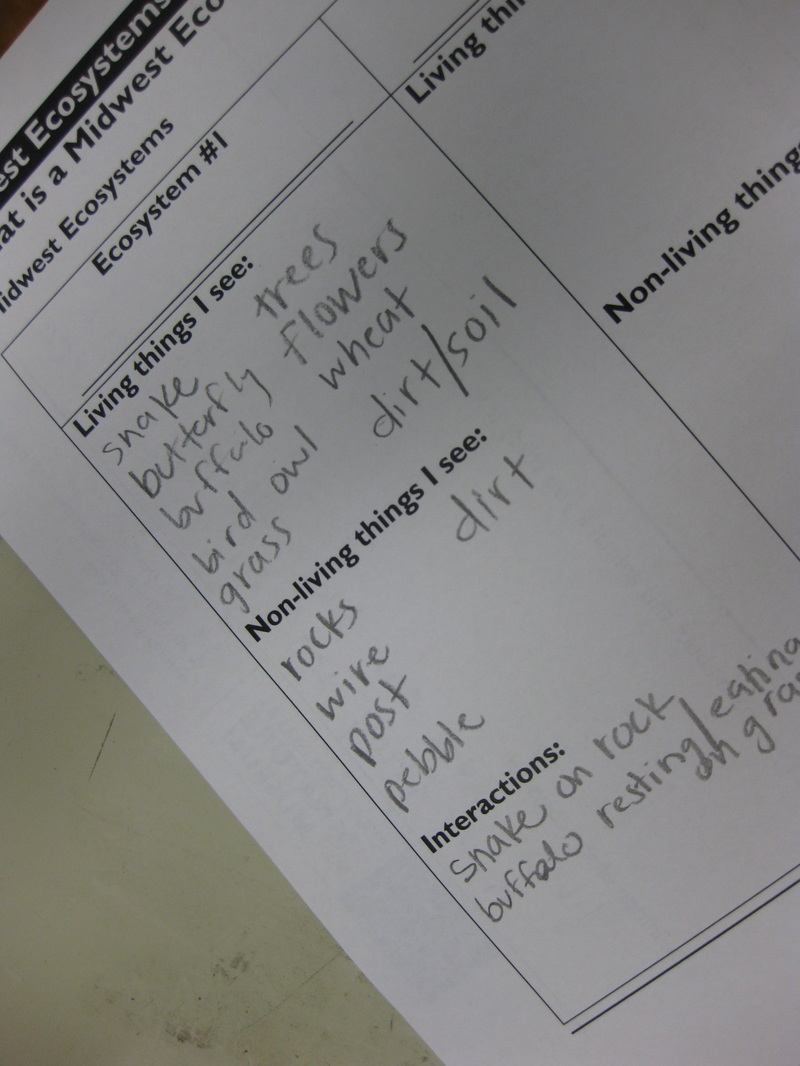
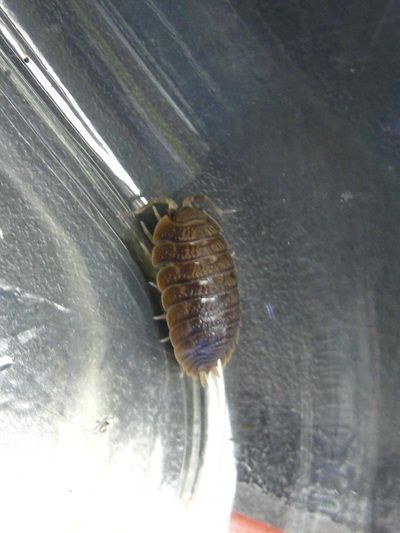
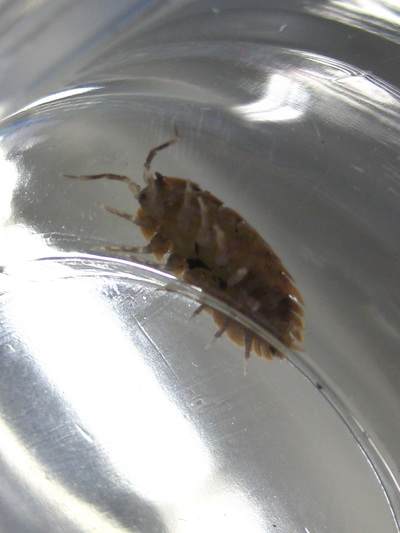
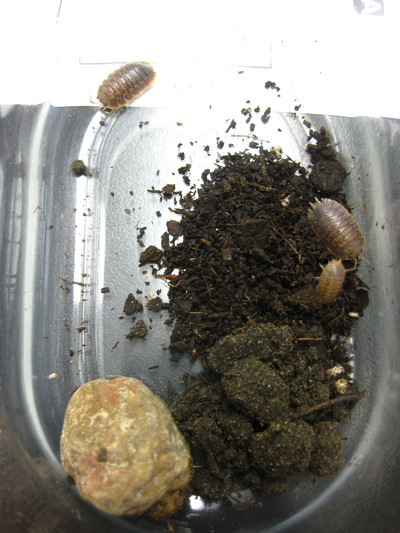
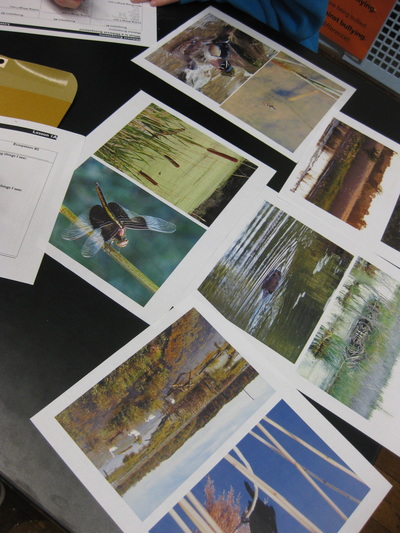
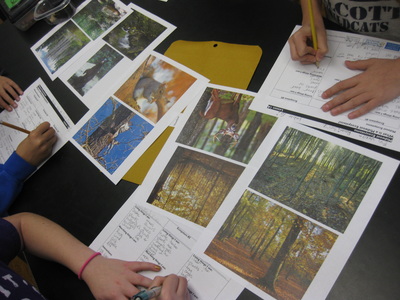
 RSS Feed
RSS Feed